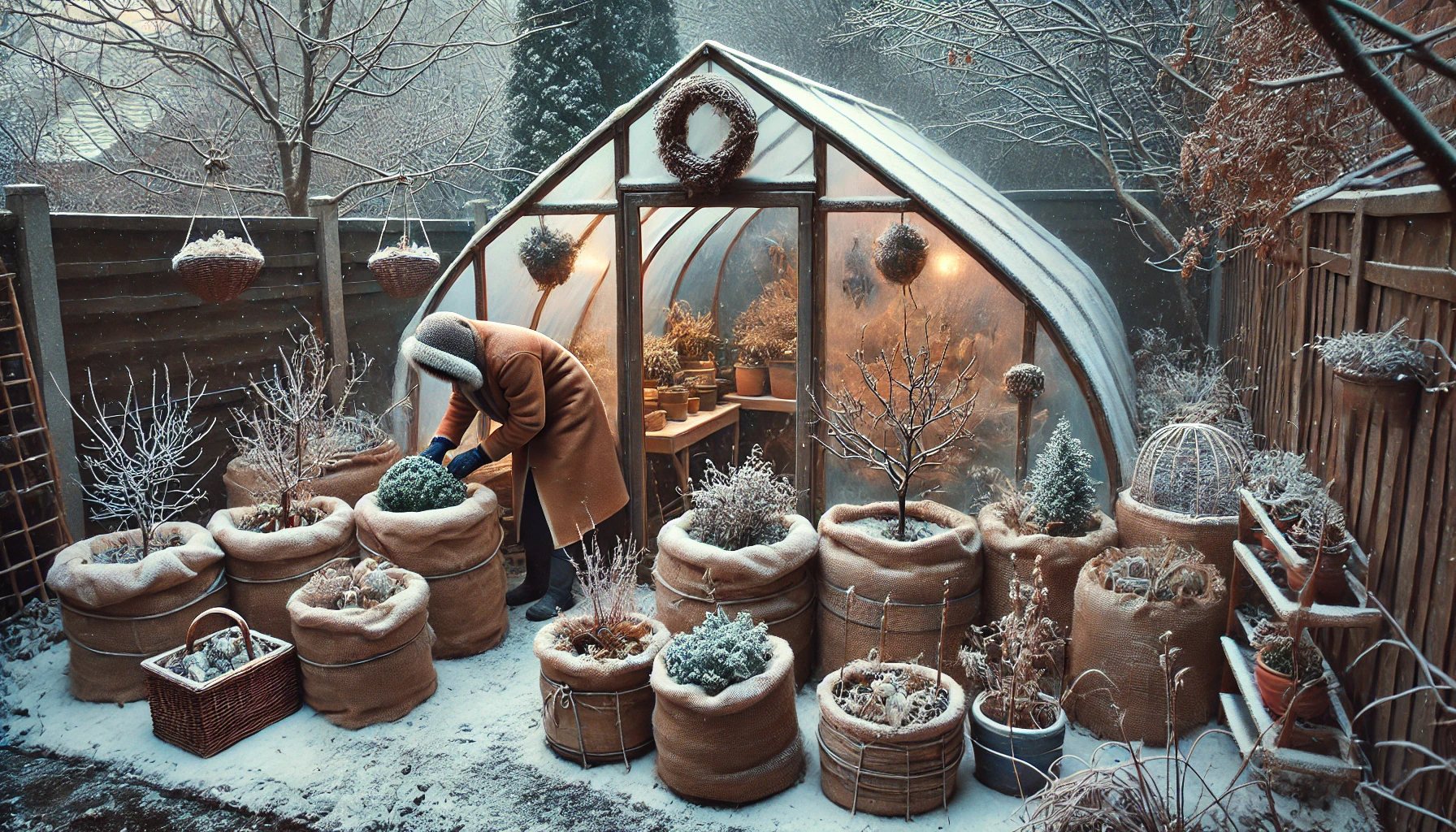As winter approaches, gardeners need to take extra precautions to protect their beloved plants from the harsh effects of cold weather and frost. Here are some effective strategies to ensure your plants stay healthy and thrive during the colder months.
Use Frost Cloths
Frost cloths are specially designed fabrics that provide insulation for your plants. Covering your plants with these cloths during freezing nights can help trap heat and protect them from frost damage. Make sure to remove the cloths during the day to allow sunlight to reach the plants.
Apply Mulch
A thick layer of mulch around your plants can help insulate the soil and protect roots from freezing temperatures. Organic mulches, such as straw, wood chips, or shredded leaves, not only provide insulation but also improve soil quality as they decompose.
Create a Windbreak
Strong winds can exacerbate the effects of cold weather on your plants. Planting windbreaks, such as shrubs or trees, can shield your garden from harsh winds. If you don’t have existing plants, consider using burlap or wooden screens to create temporary wind barriers.
Use Cloches or Mini Greenhouses
Cloches are protective covers that can be placed over individual plants to create a mini greenhouse effect. You can use glass jars, plastic bottles, or commercially available cloches. For larger areas, consider constructing a mini greenhouse to provide a controlled environment for your plants.
Bring Potted Plants Indoors
If you have potted plants, consider bringing them indoors during the coldest months. Place them in a bright location with indirect sunlight. If that’s not possible, try grouping them together to create a microclimate that retains warmth.
Water Wisely
Watering your plants before a cold night can help protect them from frost. Wet soil retains heat better than dry soil, which can help keep the roots from freezing. However, avoid overwatering, as waterlogged soil can lead to root rot.
Conclusion
Protecting your plants from cold and frost is essential for maintaining a healthy garden throughout the winter. By implementing these strategies, you can ensure that your plants remain safe and ready to thrive when spring arrives. Remember, a little extra care during the colder months can lead to a flourishing garden in the warmer seasons.
